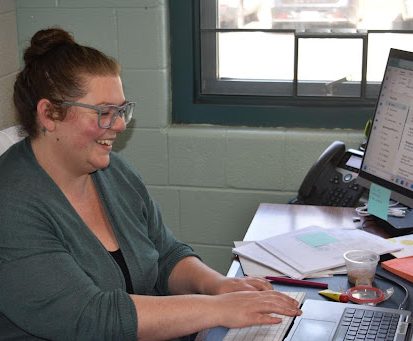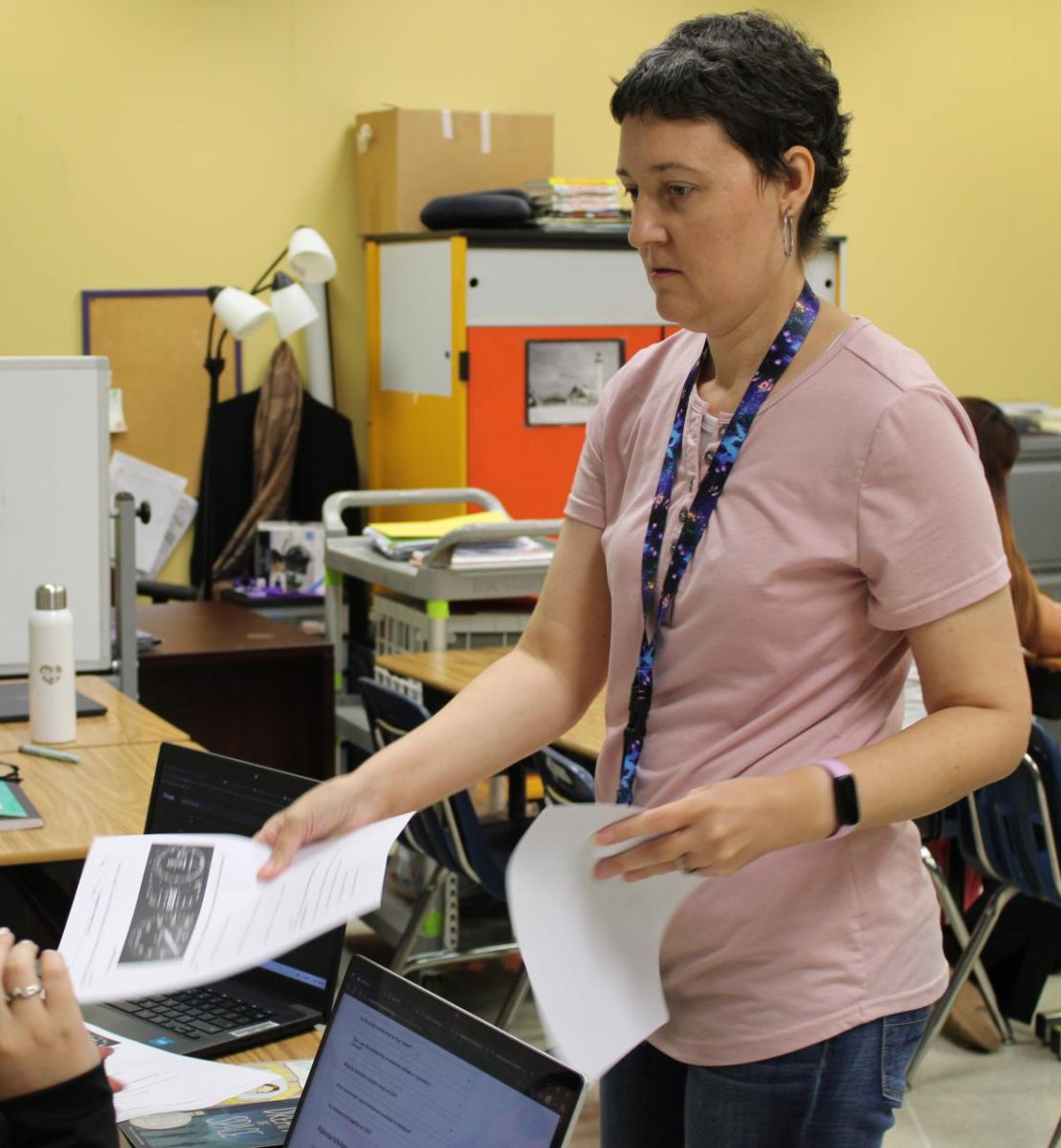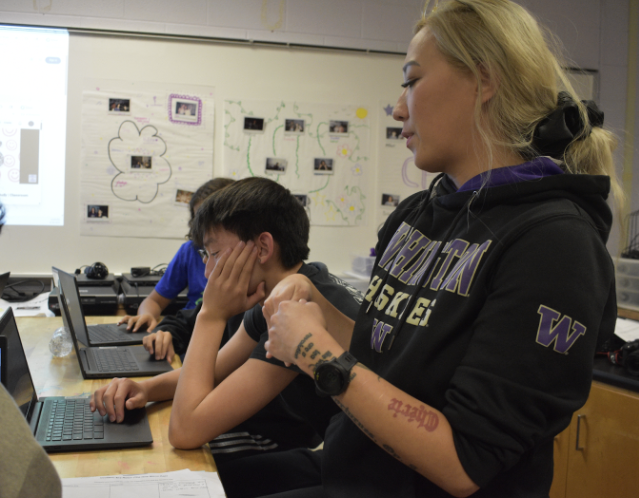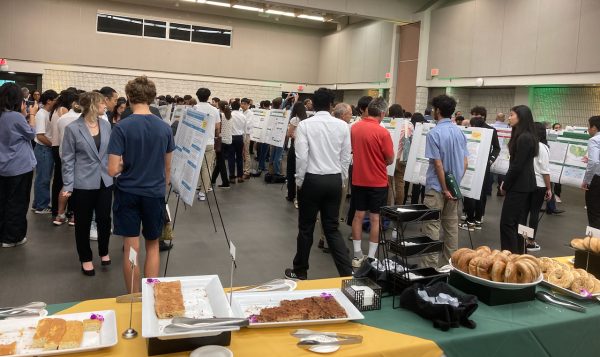
(Used with permission of Dr. Daniel Tong)
With a variety of scientific topics ranging from molecular medicine and biology to software engineering, the Aspiring Scientists Summer Internship Program (ASSIP) at George Mason University allows high schoolers and undergraduates to partake in research and delve into fields that interest them.
ASSIP is an eight-week program from June 18 to Aug. 8 where students can gain hands-on experience using sophisticated equipment, develop scientific writing skills and explore STEM careers, according to George Mason University.
For high school students looking to broaden their knowledge and gain early career exposure, participating in research builds problem-solving and detail-oriented skills, as well as communication and analytical skills, according to Pioneeracademics. Under the guidance of a mentor, ASSIP students work individually or in groups to produce work that will be published in scientific journals and presented at conferences. Depending on the mentor and student’s location, there are virtual, in-person and hybrid options for students.
“Our general purpose is to educate our next generation of workforce and also to nurture the next generation of scientists,” Professor and mentor of the ASSIP program Dr. Daniel Tong said. “If students are out of state, for example, we had students from California and Pennsylvania who mostly work off campus.”
According to Dr. Tong, there are four fundamental skills that students are required to possess to be successful during the program. Independent thinking, technical, speaking and writing skills are all necessary for solving problems and communicating the research effectively. ASSIP also helps students improve these skills as well as gain new skills to build upon their knowledge in the fields they are interested in.
“I learned specific skills to what I was doing like machine learning, computer vision and large language models,” senior and previous intern at ASSIP Arjun Bangalore said. “You learn a lot of people skills because some of the people I was working with weren’t even my age, and I was working with people who were in college and people who were professionals in the industry. “
Since ASSIP is free, the program accepts around 10% of applicants, with only 292 accepted interns out of 2,821 applicants this year. Sophomore Nila Elangovan is one of the accepted interns and looks forward to building her college resume and gaining unique experiences over the summer.
“I’m looking forward to meeting new people and knowing more about cancer research because it is a disease that a lot of people suffer from,” Elangoven said. “I want to go into the medical field and this program gives me a glance at research and biology.”
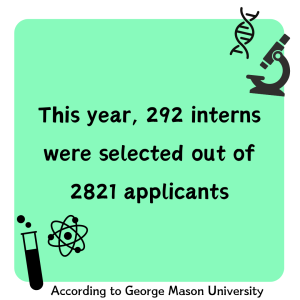
During ASSIP, students work around 30 hours a week from 8 a.m. to 5 p.m. on weekdays. A typical day during the program consists of students working with their mentors and using lab equipment to further their research. In the first week of the program, students choose their topics and are familiarized with the guidelines and logistics of the program.
“We normally will come up with a bunch of project ideas such as wildfires and air pollution,” Tong said. “Students can decide which topics to research, and it depends on what kind of resources they may need. For example, [we] probably wouldn’t want someone to run a computer model, and they do not have knowledge to run a computer model. In that case, we pair them up with one vision scientist in our group who has expertise, but sometimes students work directly with me if they have previous knowledge because I can help them.”
While there are numerous summer programs and internships students can choose to participate in, ASSIP is a research opportunity close by for many students in the area. Key takeaways from the program include the hands-on experiences and technical skills that are gained, according to Bangalore.
“My favorite part of the program was finally being able to do hands-on work as well as meeting people from different areas,” Bangalore said. “I think meeting people with similar interests motivated and inspired me to do work that advances research in the field, and it’s nice because you don’t really find that community when you’re at school.”


